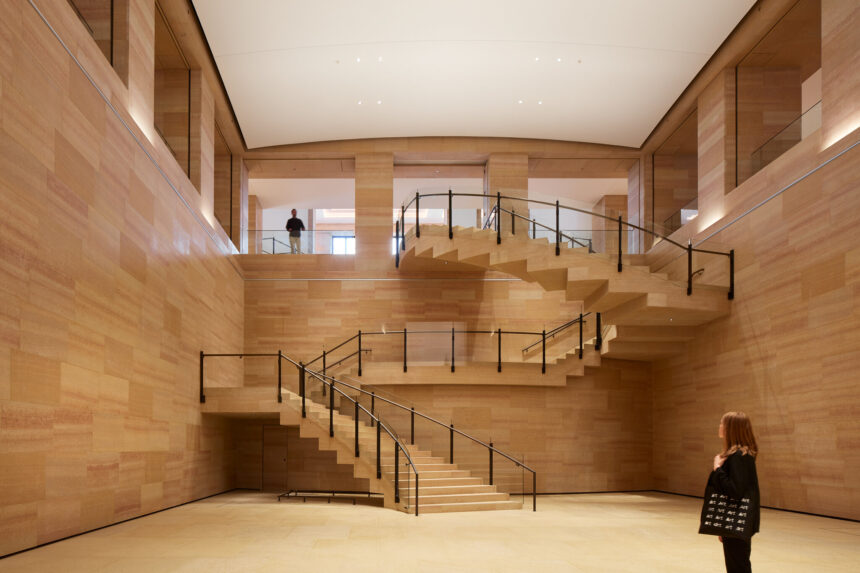Have you ever walked into a space that felt tired, outdated, or just downright dreary? It’s a common experience, but here’s the exciting part: those forgotten places hold immense potential for transformation. Renovating old, neglected spaces into modern marvels isn’t just about giving them a fresh coat of paint – it’s about breathing new life into them and unlocking their true beauty. Welcome to the field of renovation, where outdated becomes stylish and dilapidated evolves into functional. This article will explore the art of renovation and discover how to turn old spaces into modern masterpieces. It will also discuss how an interior design course can help you become an expert in renovation projects.
Understanding the Vision
The first step in any renovation project is understanding the vision. What do you want the space to look and feel like? Do you envision a cozy, rustic vibe or perhaps a sleek, minimalist aesthetic? Understanding the desired outcome helps guide every decision throughout the renovation process, from choosing paint colors to selecting furniture and fixtures.
Planning and Preparation
Renovating a space isn’t just about swinging hammers and painting walls; it requires careful planning and preparation. This includes assessing the condition of the existing structure, creating a budget, and developing a timeline for the project. Proper planning ensures that the renovation stays on track and within budget, minimizing surprises.
It is essential to conduct a thorough assessment of the space before beginning any renovations. This involves conducting a thorough inspection to identify any structural issues, such as water damage, mold, or pest infestations, that must be addressed before cosmetic updates begin. Engaging professionals, such as structural engineers or building inspectors, can provide valuable insights into the condition of the space and help prioritize necessary repairs.
Once the structural integrity of the space has been assessed, the next step is to establish a realistic budget for the renovation project. This involves researching the cost of materials, labor, and any additional expenses, such as permits or design fees. It’s important to allocate funds strategically, focusing on essential elements that will have the most significant impact on the overall look and functionality of the space.
Embracing Creativity
One of the most exciting aspects of renovation is the opportunity to get creative. From repurposing old materials to exploring innovative design concepts, there are endless possibilities for transforming a space into something truly unique. Whether it’s adding a pop of color with accent walls or incorporating statement pieces of furniture, embracing creativity allows for personal expression and adds character to the renovated space.
Another avenue for creativity is through the use of architectural elements. Whether it’s adding exposed brick walls for an industrial vibe or installing skylights to bring in natural light, architectural features can enhance a space’s aesthetic appeal and functionality. Mixing and matching different design styles – such as blending modern furniture with vintage accents – adds depth and personality to the overall design.
Attention to Detail
Details matter when it comes to renovation. It’s the little things – like choosing the perfect hardware for cabinets or selecting the right lighting fixtures – that can make a big difference in a space’s overall look and feel. Paying attention to detail ensures that every aspect of the renovation is thoughtfully considered and contributes to the cohesive design aesthetic.
The finishing touches are what give a space its polish and personality. This includes everything from selecting the perfect trim and molding to choosing the right hardware for doors and cabinets. These small details may seem insignificant, but they contribute to the overall cohesion and refinement of the space.
Quality Craftsmanship
Renovation is more than just surface-level changes; it’s about quality craftsmanship that stands the test of time. Whether installing new flooring, updating plumbing fixtures, or refinishing cabinets, investing in quality materials and skilled labor ensures that the renovated space looks great and functions efficiently for years to come.
A Path to Expertise
If you’re passionate about renovation and want to become an expert in transforming old spaces into modern marvels, consider enrolling in an interior design course. These courses provide a comprehensive education in design principles, space planning, color theory, and more, equipping you with the knowledge and skills to tackle renovation projects confidently.
Conclusion
Renovating old spaces into modern marvels is an art form that requires creativity, planning, and attention to detail. Whether revamping a residential property or renovating a commercial space, the transformation process is both challenging and rewarding. By embracing creativity, paying attention to detail, and investing in quality craftsmanship, you can breathe new life into outdated or dilapidated spaces, turning them into stylish and functional environments that inspire awe and admiration. If you’re serious about mastering the art of renovation, consider taking a design course to hone your skills and unlock your full potential in design and renovation.






